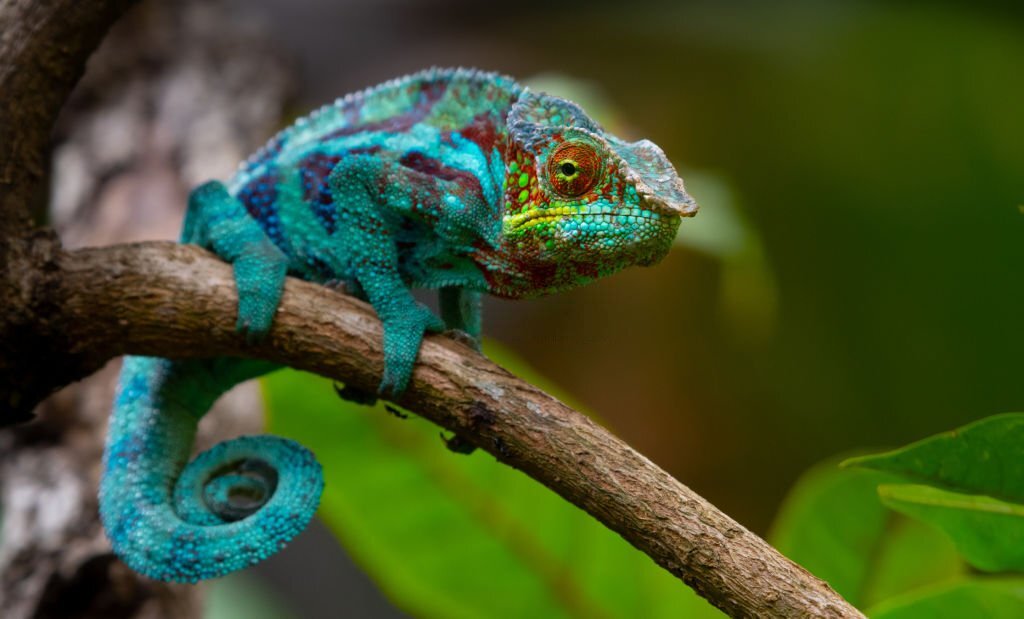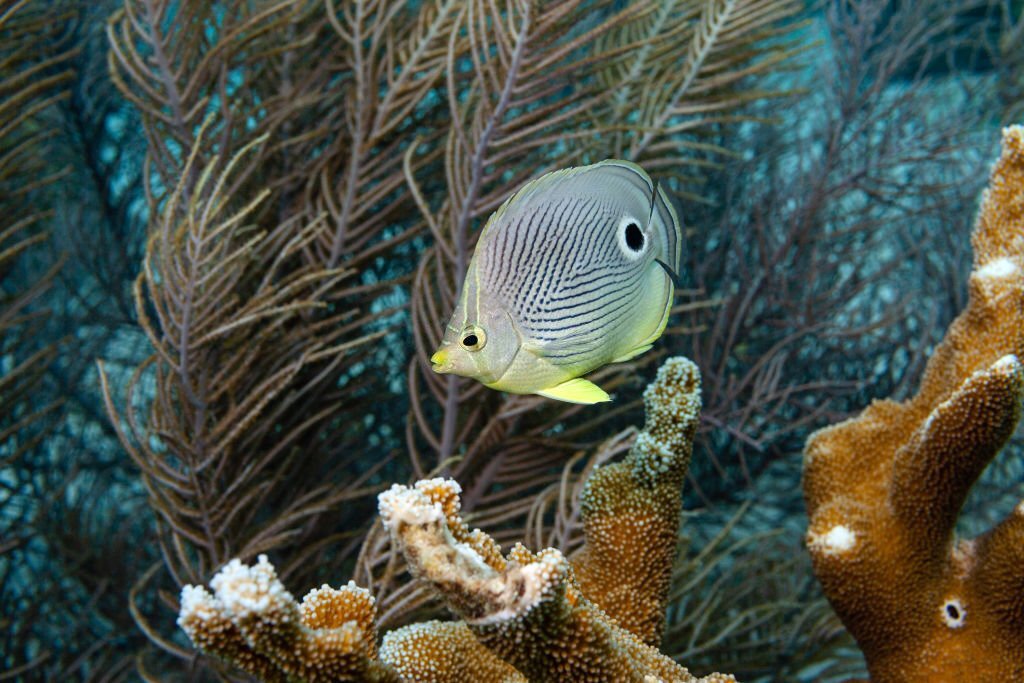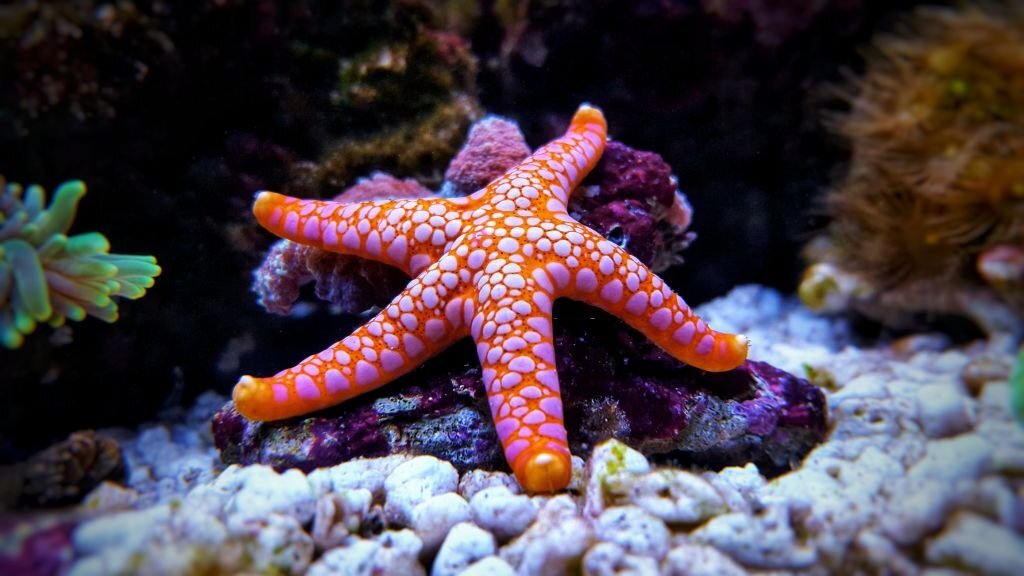For humans and most mammals, having two eyes is the norm. Our binocular vision allows us to see the world clearly and in 3D. But across the animal kingdom, many unique creatures have evolved with three, four, or even dozens of eyes!
Extra eyes provide a variety of advantages depending on the species. Some key benefits include:
- Wider fields of view to spot predators or prey
- Ability to see above and below the water simultaneously
- Enhanced light detection
- Improved depth perception and 3D vision
- Camouflage through color changing eyes
- Detection of motion from nearly all directions
Eyes come in all shapes, sizes, and levels of complexity across the animal kingdom. From parietal “third eyes” to massive compound eyes, nature has produced amazing optical diversity.
In this article, we’ll highlight 20 incredible animals with more than two eyes and explore how their exotic ocular abilities help them survive and thrive!

Animals With Multiple Eyes Pros and Cons
Pros:
- Wider fields of view – Extra eyes allow animals to spot predators or prey in more directions.
- Enhanced light perception – Additional eyes can detect subtle light/dark changes in the environment.
- Depth perception – Some multiple eyes give 3D vision, like in jumping spiders.
- Above/below water vision – Some fish can see both underwater and above the surface.
- Motion detection – Many extra eyes provide better awareness of movement.
- Camouflage – Color changing eyes help some species blend into surroundings.
- Specialized tasks – Different eyes optimized for specific purposes.
Cons:
- Complexity – More eyes means more complex visual processing required in the brain.
- Low resolution – Many extra eyes have poor image resolution compared to vertebrates.
- Light interference – Some cope with extreme environments by having extra light sensitivity.
- Limited vision – Not all additional eyes can actually “see” images. Some detect light/motion only.
- Field overlap – Multiple eyes can have overlapping fields of view, creating inefficiencies.
- Energy cost – Developing and maintaining more eyes consumes additional energy resources.
- Vulnerability – More eyes means more chance of visual damage and impairment.
So in summary, extra eyes provide several advantages but also some challenges and tradeoffs for animals that have evolved them. The pros tend to outweigh cons since specialized eyes suit each species.
Reptiles With Three Eyes
Reptiles dominate the list of animals with triple eyes. Several lizard species, in particular, have parietal eyes on the tops of their heads that help them sense light, motion, and heat. Here are three reptiles with a third peeper:

Iguanas
These iconic lizards of Central and South America sport a parietal eye in between their two normal eyes. While small, this extra organ helps iguanas detect aerial predators like birds and other threats from above. It gives them those crucial extra seconds to scamper away to safety.
Tuataras
The tuatara is a reptile found only in New Zealand and is nicknamed a “living fossil” since its lineage dates back over 200 million years. Like iguanas, they have a third eye on top of the head. But the tuatara’s parietal eye acts more like a pineal gland to help regulate body temperature and breed seasonally.
Komodo Dragons
As the world’s largest lizard, Komodo dragons rely heavily on their sense of smell to hunt. But they also have keen vision thanks to their three eyes. Komodos use their parietal eye to detect light levels and seasons. This helps guide their mating cycles and basking habits.
Fish With Four Fantastic Eyes
Fish were some of the first vertebrates to evolve complex optical organs. And species like four-eyed fish and lampreys use four peepers to excel at aquatic life.

Four-Eyed Fish
This aptly named fish has eyes split into two parts, each with its own pupil. The upper half looks above water while the lower half scans below. This allows four-eyed fish to spot both aerial and aquatic predators and prey simultaneously – a huge advantage!
Lampreys
Lampreys are jawless, eel-like fish with round sucker mouths filled with teeth. They use these to latch onto other fish and feed on bodily fluids. Lampreys have two normal eyes plus two additional parietal eyes on top of the head. The upper set detects light while the lower pair is attuned to movement. This helps lampreys thrive in both deep and shallow waters.
Mollusks With Hundreds of Eyes
Clams, scallops, chitons, and other mollusks take multi-eyed vision to the extreme. Some species have over 200 eyes! These provide early warning systems against predators and help the mollusks locate plankton to filter feed.
Scallops
Scallops have up to 100 brilliant blue eyes lining each side of their mantels. Each eye has a lens, retina, and pupil just like our own eyes. Together this “vision system” allows scallops to detect motion and light signals vital for their survival.
Chitons
As bizarre looking as they are, chitons can see quite well thanks to their hundreds or even thousands of eyes. Also known as sea cradles or coat-of-mail shells, these creatures have eye spots covering their shell plates. Their eyes act as one interconnected system to find food and detect threats.
Crustaceans With Three Eyes
Crustaceans have evolved a diverse array of eye structures and placements. Some shrimp-like creatures even replicate the triple-eyed vision of reptiles.
Triops
Triops are small freshwater crustaceans that look like miniature horseshoe crabs. Their most distinctive feature is having three eyes. Two standard eyes do the bulk of visual processing, while a third median eye in between helps triops navigate via light detection. This eye points skyward to collect extra visual cues.
Arachnids With 6 to 12 Eyes
Spiders, scorpions, mites, and their arachnid brethren frequently have multiple sets of eyes. While not always for keen vision, these extra peepers aid hunting and survival.
Jumping Spiders
With their two large principal eyes, jumping spiders have excellent vision compared to other arachnids. They can see colors and spot prey animals from several feet away. Three other secondary eye sets give them 360 degrees motion detection against threats.
Ogre Faced Spiders
As scary as their name suggests, ogre-faced spiders look like monsters but are harmless to humans. They have eight total eyes, but two very large forward facing ones that give them superb night vision and depth perception. This aids their unique net-casting hunting style.
Scorpions
Scorpions usually have between 6 to 12 eyes. These are small and quite simple, providing general light/dark detection and motion awareness. While not for resolving detailed images, the scorpion’s multiple eyes help warn of threats day and night.
Insects With Five Eyes
Two bulging compound eyes plus three simple ocelli give many insects a five-eye advantage.
Bees
Bees have two large compound eyes plus three smaller ocelli arranged in a triangle on top of their heads. The ocelli can’t form images but help bees detect light levels, which is critical for their flight stability and avoiding predators.
Praying Mantises
Praying mantises also have two main compound eyes and three additional simple eyes between them. This grants mantises superior 3D depth perception and enables their camouflage by matching light levels. The smaller eyes also aid detecting prey movement.
Animal Suicide – The Shocking Truth Pet Owners Need to Know
Other Animals With Exotic Eyes
Beyond arthropods and fish, some other animals also use exotic eye structures to their advantage.
Starfish

Starfish have an eye spot at the end of each arm, meaning 5 eyes for a starfish with 5 arms. These eyespots cannot see detailed images but help the starfish detect light, dark, and movement – just enough to find food and navigate reef environments.
Horseshoe Crabs
Despite having 10 eyes, horseshoe crabs actually don’t see very well. But their eyes are very sensitive to light. Horseshoe crabs also have the unique ability to change eye color from blue to red to match their surroundings and avoid threats.
Box Jellyfish
Box jellyfish have an incredible 24 eyes of varying complexity. Some are simple light sensors, others detect motion, while four image-forming eyes are remarkably similar to human eyes with retinas and corneas. Jellyfish don’t even have brains, making this eye variety even more mind-blowing!
Conclusion
While most animals rely on just two eyes, many unique species across the animal kingdom have evolved with three, four, or even hundreds of eyes. Specialized eye structures suit each animal’s habitat and lifestyle.
Extra eyes provide crucial advantages for survival including:
- Wider fields of view
- Enhanced light and motion detection
- Ability to see above and below water
- Excellent depth perception and 3D vision
- Camouflage through color changing eyes
- Spotting threats and prey opportunities
So while we humans get by alright with our pair of peepers, many animals use exotic eye arrangements to thrive in competitive and dangerous environments. Nature has produced amazing optical diversity through evolution. From chitons to mantises to box jellyfish, the variety of eyes in the animal kingdom is truly astounding!
FAQ
Why do some animals have more than 2 eyes?
Having extra eyes allows wider fields of view, improved ability to spot predators/prey, and better light/motion detection in some species. Different eye structures suit each animal’s habitat and needs.
Which animals have the most eyes?
Scallops and chitons (a type of mollusk) can have up to 100-200 eyes. Some chiton species have been found with over 1,000 simple eyes covering their shells.
Do spiders really have 8 eyes?
Most spiders have 8 eyes, some have 6, and a few species have as many as 12! Most of their eyes detect motion rather than form clear images. Jumping spiders have excellent vision from their 2 large principal eyes.
How does a box jellyfish have 24 eyes?
Box jellyfish have 4 cluster of 6 eyes, some are simple light/dark sensors while 4 image-forming eyes are surprisingly complex with retinas, lenses and corneas.
What are ocelli eyes?
Ocelli are the simple light-detecting eyes found on the heads of insects like bees. They can’t form images but aid stability, orientation and light perception.
Do dogs or cats have a third eye?
No, dogs and cats only have two eyes like humans. Some reptiles, fish, and arthropods have parietal “third eyes” that act as light sensors, but mammals do not.
Why do horses have such big eyes?
Horses have the largest eyes of any land mammal. Their big spherical eyes give horses excellent panoramic vision to spot predators when they are vulnerable grazing with heads down.
Do sharks have good eyesight?
It depends on the species, but most sharks have quite good vision, adapted to their marine environment. Hammerheads have excellent 360-degree vision from their spread-out eye placement.
Can chameleons really see in two directions at once?
Yes, chameleons have extraordinarily mobile, independent eyes that allow them to look in different directions. This gives them great vision for spotting prey.
Do insects see like humans?
Insects see very differently from humans and vertebrates. Their compound eyes have hundreds or thousands of facets giving great motion detection but poor resolution compared to our eyes
Must Read
Can Rabbits Eat Blueberries? The Answer Will Shock You!
Do Rabbits Attract Insects, Flies, Bugs, Spiders, Ants & Others?